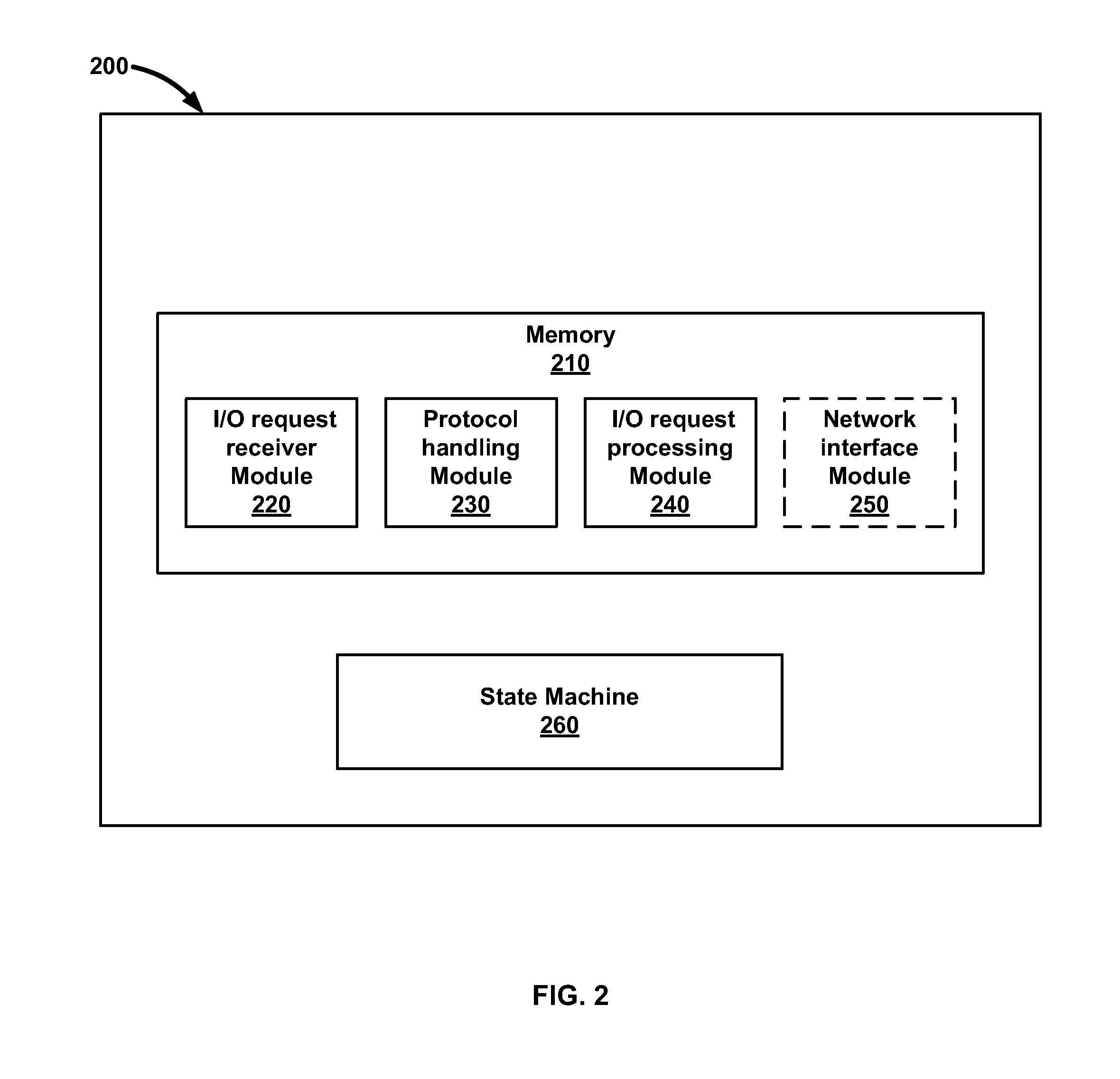TCP/IP Stack-Based Operating System
a stack-based, operating system technology, applied in the field of computing systems, can solve the problems of waste of time, nothing being done, useless cycle around and waiting for a process, etc., and achieve the effects of low power consumption, reduced rom and ram size, and high optimization
- Summary
- Abstract
- Description
- Claims
- Application Information
AI Technical Summary
Benefits of technology
Problems solved by technology
Method used
Image
Examples
Embodiment Construction
[0034]Embodiments provide systems and corresponding methods providing an operating system based wholly around a protocol stack, such as a Transmission Control Protocol / Internet Protocol (TCP / IP) stack. The system may include a central processing unit (CPU) including an operating system embedded therein, and a network interface coupled with a network and the CPU. The network may be the Internet. The operating system is fundamentally a state machine. The kernel of the operating system is fundamentally just a protocol stack for communicating with one or more devices of the network via the network interface. The protocol stack may be, but is not limited to, a TCP / IP protocol stack, UDP / IP stack, combinations thereof, or other protocols. A chip may be provided that includes the TCP / IP stack state machine based operating system embedded in a CPU.
[0035]Among the many advantages provided by various embodiments of the present invention are a small hardware design, very compact and efficient ...
PUM
 Login to View More
Login to View More Abstract
Description
Claims
Application Information
 Login to View More
Login to View More - R&D
- Intellectual Property
- Life Sciences
- Materials
- Tech Scout
- Unparalleled Data Quality
- Higher Quality Content
- 60% Fewer Hallucinations
Browse by: Latest US Patents, China's latest patents, Technical Efficacy Thesaurus, Application Domain, Technology Topic, Popular Technical Reports.
© 2025 PatSnap. All rights reserved.Legal|Privacy policy|Modern Slavery Act Transparency Statement|Sitemap|About US| Contact US: help@patsnap.com



